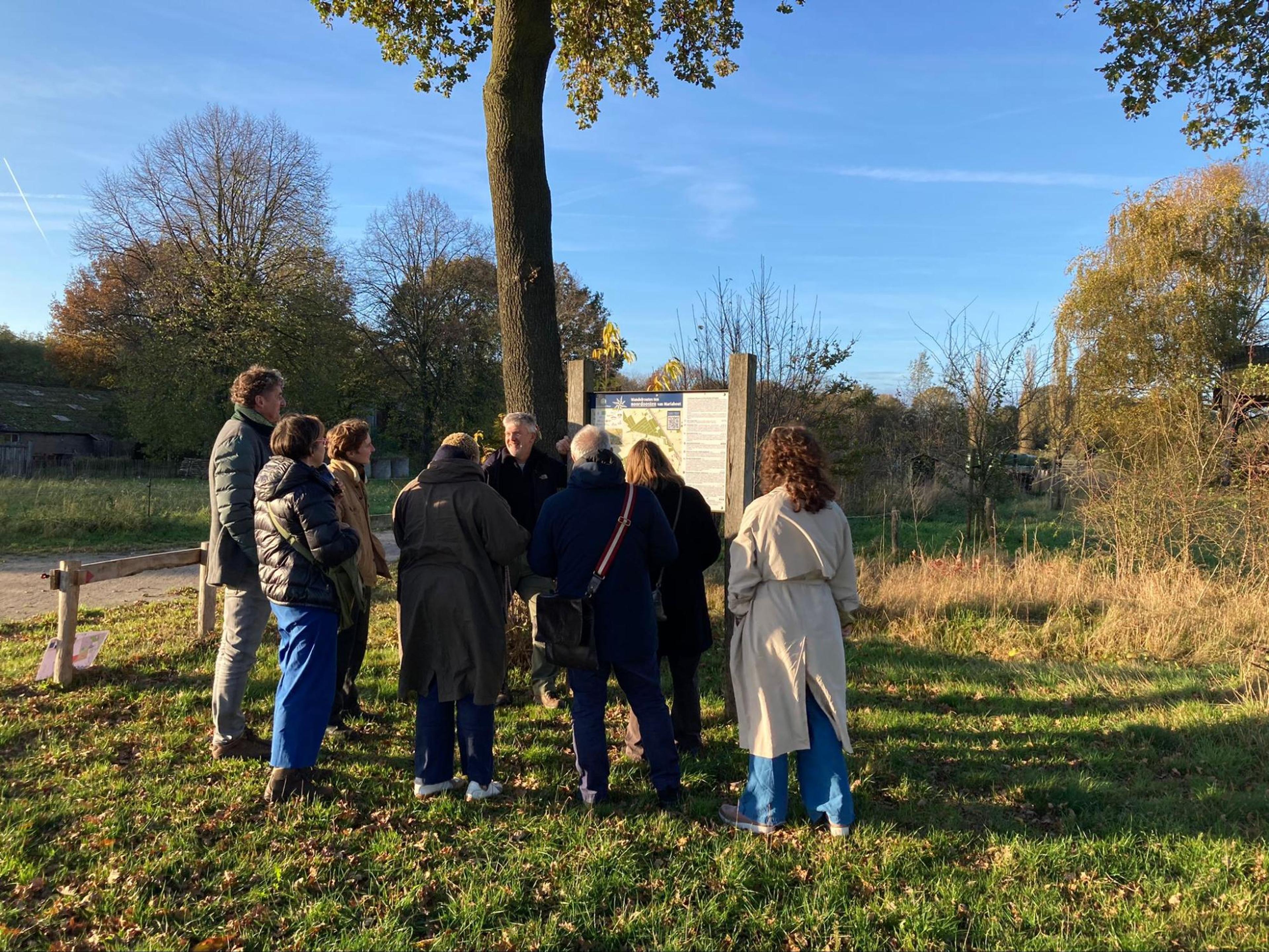Koe-en-Landschap NL
The cow in the pasture is a national Dutch cliché. It is an image that has existed in the Netherlands for centuries and does not seem to be subject to change. But nothing is less true. Especially since the last four decades, the appearance of the cow, the cattle feed and, therefore, the landscape around the cow, has changed significantly due to agricultural industrialisation in the Netherlands.
Biodiversity, different soils and how to stay focussed on the agricultural transitions that will build on a sustainable future is what we explore together with stake-holders and the general public.
The Cow and Landscape started its research in 2020 and is ongoing - the project consist of (drawn) herbaria with grasses and herbs, plans of farmyards, animations of the economics, films made on the farms and photographs from personal archives. Recurring questions within the project are: 'what does your best cow look like, past and present', 'what grows in the meadow', 'what can we learn from the past' and 'what will the future of Cow and Landscape farming look like?'.
We also go for Plein Air sessions to the meadows where the cows graze and will run a public program in cooperation with our partners. Involved so far are villages, farmers and migrants in Twente, Salland, Noord Brabant, we learn from a cooperation on the island of Schiermonnikoog and will over the public programs connect to more rural areas that are specialised in dairy farming and the landscapes that feed them.
Cow and Landscape is a project of the Rural School of Economics, which is supported by Van Abbemuseum, Rijksmuseum Twenthe, Vrienden Loterij Fonds, Mondriaan Fund, De Melkbrouwerij, De Melktapperij, Erfgoed Bossem, Genneper Hoeve, Op den Hoek, De Hofstad, Kasteelboerderij Waalre, Janmiekeshoeve and the Drawing Center in Diepenheim.
| Local partners |
|
|---|---|
| Population | 3 800 000 cows on around 1 000 000 ha of meadows |
| Common fruit, vegetables, animals | Cheese, milk, butter - silage and hay - cornfields and grasses |
| Tradition | Most cows give birth every year to be able to give milk |
| Scent | fresh cutted grass and manure |
| Distances from Koe-en-Landschap | Distances |
Wapke Feenstra and Kathrin Böhm initiate the Rural School of Economics (RSoE) in Winter 2019-2020, combining their shared experience of working with diverse economies and rurality, RSoE draws on 20+ years of cultural and artistic interdisciplinary work. Some of it can be found on myvillages website.
Our partner in the Netherlands is Van Abbemuseum.
In March Inez Dekker joins Myvillages as an intern through the Erasmus+ funding programme.
During the autumn the first ideas on the project ‘Cow and Landscape’ in The Netherlands are explored by Wapke Feenstra. And Inez Dekker starts as a freelance researcher and co-creator of RSoE. They start to connect to farms in Het Groene Hart, Schiermonnikoog, and East Brabant.
The first RSoE classroom takes place live from THUIS Wageningen. The group consist of academic scholars, artists, and students. All are brought together by a shared interest in rurality & art, and the spaces where they interact. We are drawing that afternoon and rural imaginations like "free your inner-cow" and other non-linguistic approaches and methods let us delve deeper in the group’s rural mindsets.
Research continues. Wapke Feenstra visits Dordrecht to see old cows from Aelbert Cuyp and runs into some cows on the street.
| Local partners |
|
|---|---|
| Population | 3 800 000 cows on around 1 000 000 ha of meadows |
| Common fruit, vegetables, animals | Cheese, milk, butter - silage and hay - cornfields and grasses |
| Tradition | Most cows give birth every year to be able to give milk |
| Scent | fresh cutted grass and manure |
| Distances from Koe-en-Landschap | Distances |




